End Of Giants: Asteroids And The Fall Of Dinosaurs
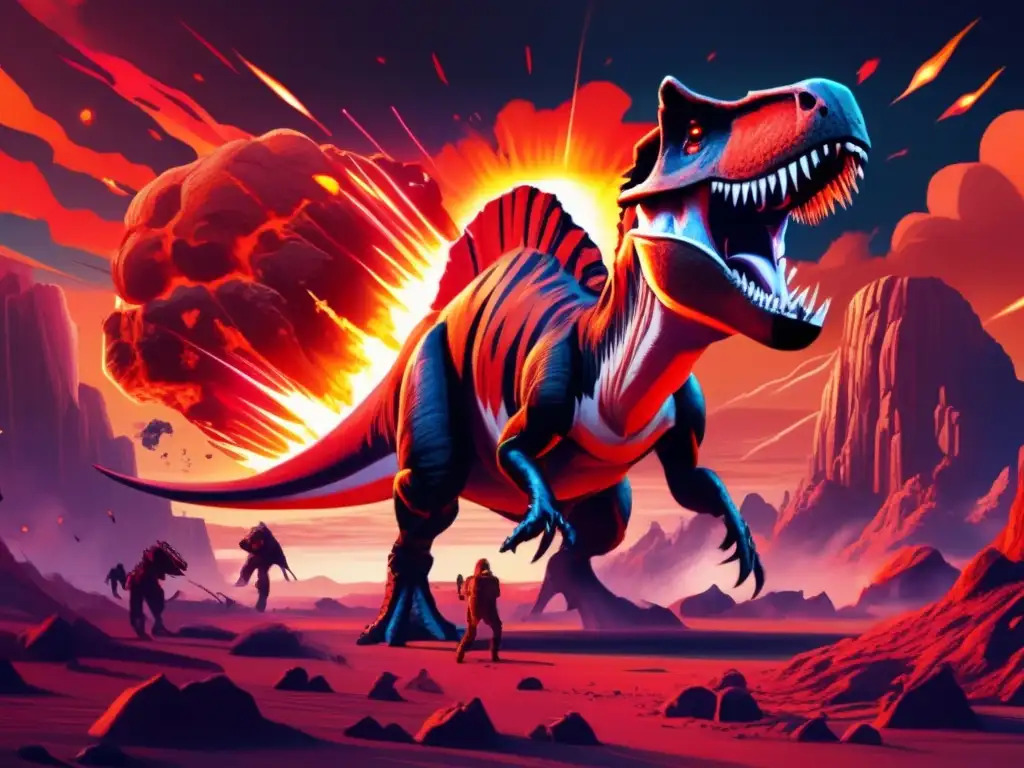
Introduction
One of the most catastrophic events in the history of our planet involved the impact of a massive asteroid that hit the Earth around 66 million years ago. This event caused the extinction of almost 75% of all species on the planet, including the dinosaurs. In this article, we will explore the role of asteroids in the fall of these giants and what we have learned about it.
The Formation of Asteroids and their Impact on Earth
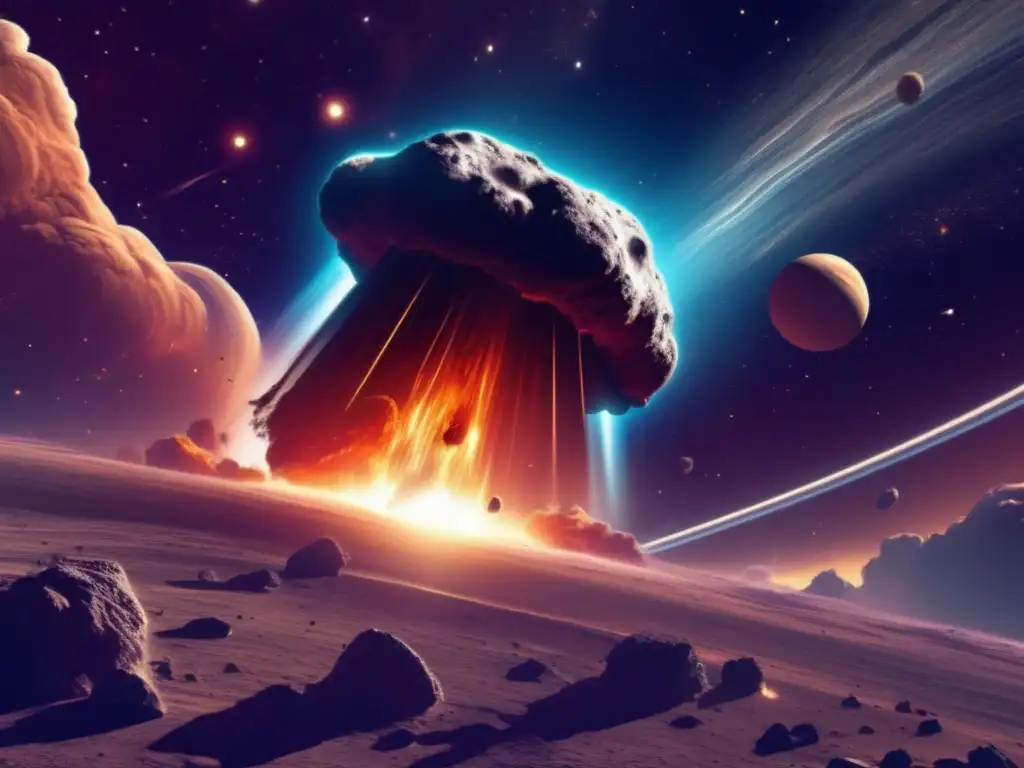
What are Asteroids?
Asteroids are small rocky bodies that orbit the sun. They are made up of rock, metal, and other materials, and they vary in size from tiny particles to objects more than 500 kilometers in diameter.
How do Asteroids form?
Asteroids are believed to be remnants from the early solar system. About 4.6 billion years ago, a cloud of gas and dust began to collapse under its own gravity, eventually forming the sun and the planets. Small pieces of rock and debris also gathered together to form asteroids.
Impact of Asteroids on Earth
Throughout the history of the Earth, asteroids have collided with our planet. Some of these impacts have been small, while others have been catastrophic. The impact of an asteroid can cause widespread devastation, including massive fires, tsunamis, earthquakes, and the extinction of many species.
The Fall of Dinosaurs
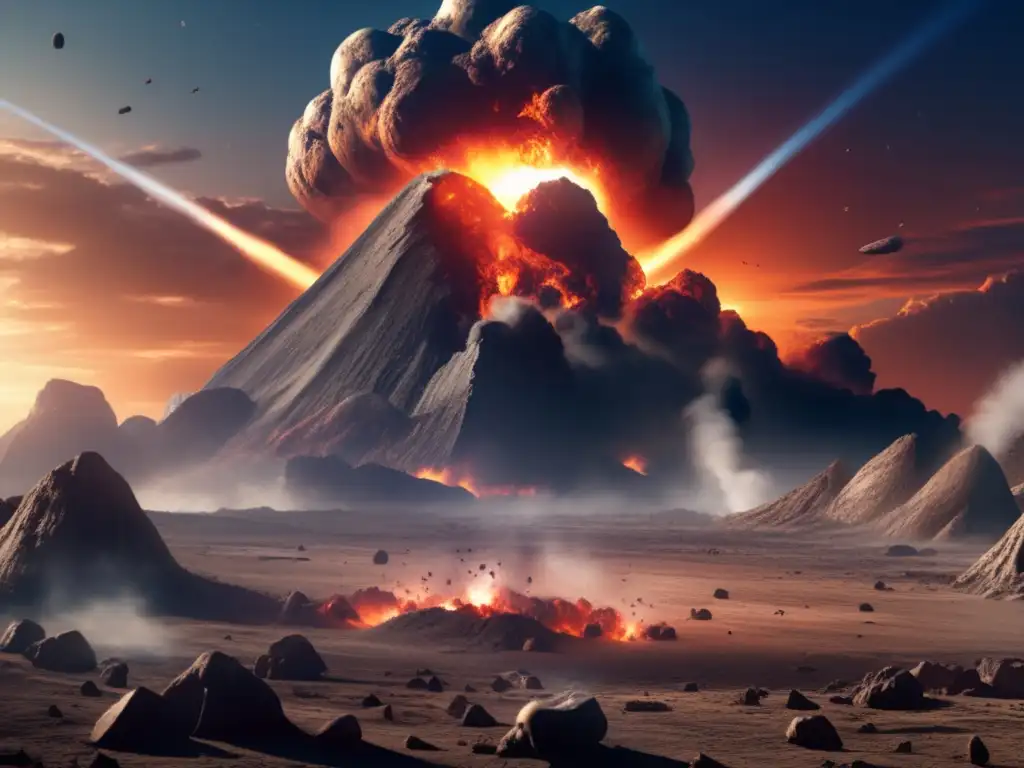
The End-Cretaceous Mass Extinction Event
The extinction of the dinosaurs is one of the most well-known mass extinction events in history. The end-Cretaceous mass extinction event occurred around 66 million years ago, and it is believed to have been caused by the impact of a massive asteroid with a diameter of about 10 km. This event caused widespread destruction, including fires, tsunamis, and a massive dust cloud that blocked out the sun for years.
What happened after the impact?
The impact of the asteroid caused massive amounts of debris to be thrown into the atmosphere, blocking out the sun and causing a global cooling event. This cooling event lasted for several years, and it is believed to have contributed to the extinction of many species, including the dinosaurs. The Earth's climate also changed drastically, leading to the rise of mammals and eventually the evolution of humans.
The Study of Asteroids

Why study asteroids?
Studying asteroids can help us understand the formation of our solar system and the history of our planet. Asteroid impacts can also have devastating effects on our planet, and studying these objects can help us prepare for potential future impacts.
How do we study asteroids?
Scientists study asteroids using a variety of methods, including telescopes, spacecraft, and meteorites. By studying the composition and structure of asteroids, scientists can better understand their origins and how they may have impacted our planet in the past.
Frequently Asked Questions
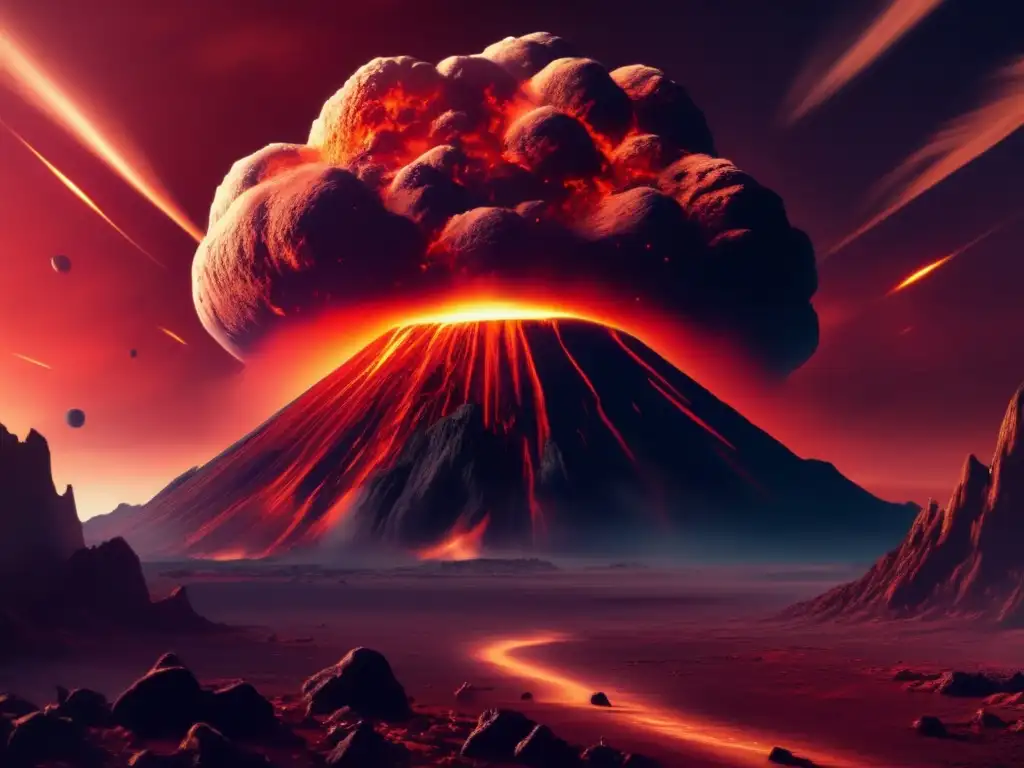
-
Was the end of the dinosaurs caused by an asteroid?
Yes, most scientists believe that the impact of a massive asteroid caused the end-Cretaceous mass extinction event, which led to the extinction of the dinosaurs.
-
Could an asteroid impact cause another mass extinction event?
Yes, asteroid impacts have the potential to cause widespread devastation and could lead to another mass extinction event if a large enough asteroid were to hit the Earth.
-
What can be done to prevent an asteroid impact?
Scientists are currently studying ways to prevent an asteroid impact, including deflecting asteroids away from Earth or destroying them before they reach our planet.
-
What are some other potential consequences of an asteroid impact?
In addition to causing widespread destruction and potential extinction events, asteroid impacts could also have economic consequences, such as disrupting agriculture and commerce.
-
Are there any known asteroids that pose a threat to Earth?
Yes, there are several known asteroids that could potentially impact our planet in the future. However, scientists are monitoring these objects and working on ways to prevent a potential impact.
Conclusion
The impact of a massive asteroid with the Earth was likely what led to the fall of the dinosaurs and one of the most catastrophic events in the history of our planet. Studying asteroids can help us better understand their potential impact on our planet and how we can prepare for potential future impacts. Let's continue to explore the fascinating world of asteroids and their role in the history of our universe.
Additional Resources

For more information on asteroids and their impact on our planet, check out the following resources:
- NASA Asteroid Watch
- European Space Agency - Asteroid Research
- American Museum of Natural History - What are Asteroids?
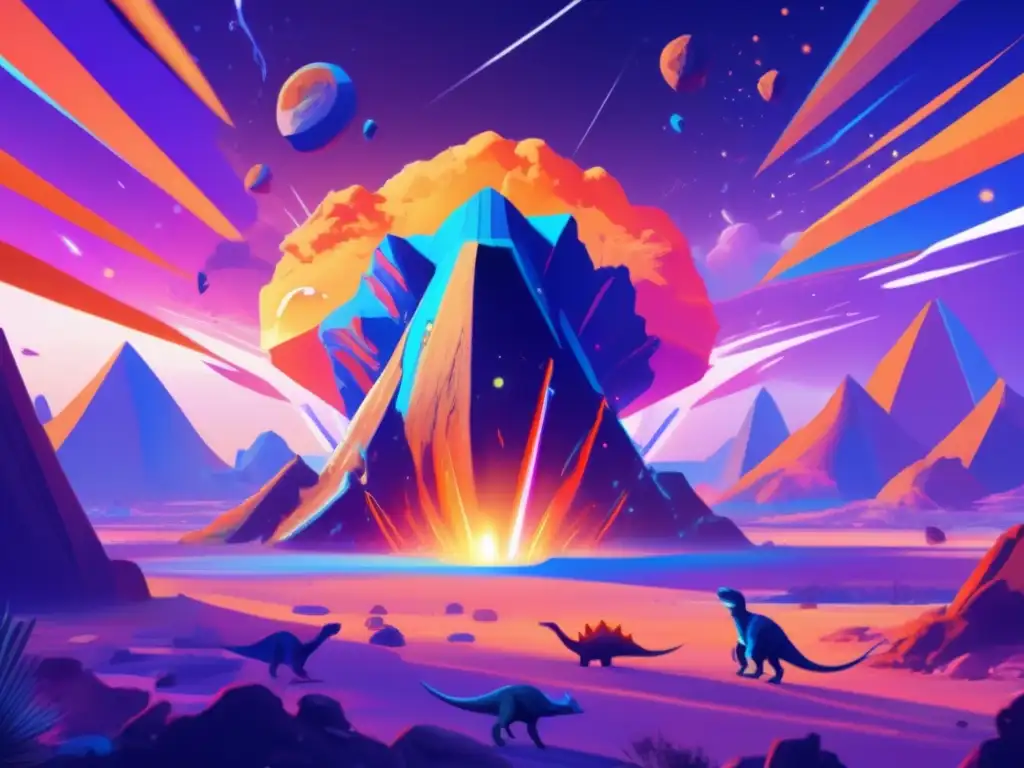 From Dominance To Extinction: Asteroids And Dinosaurs
From Dominance To Extinction: Asteroids And Dinosaurs Asteroids: The Skyborne Catastrophe That Ended Dinosaurs
Asteroids: The Skyborne Catastrophe That Ended Dinosaurs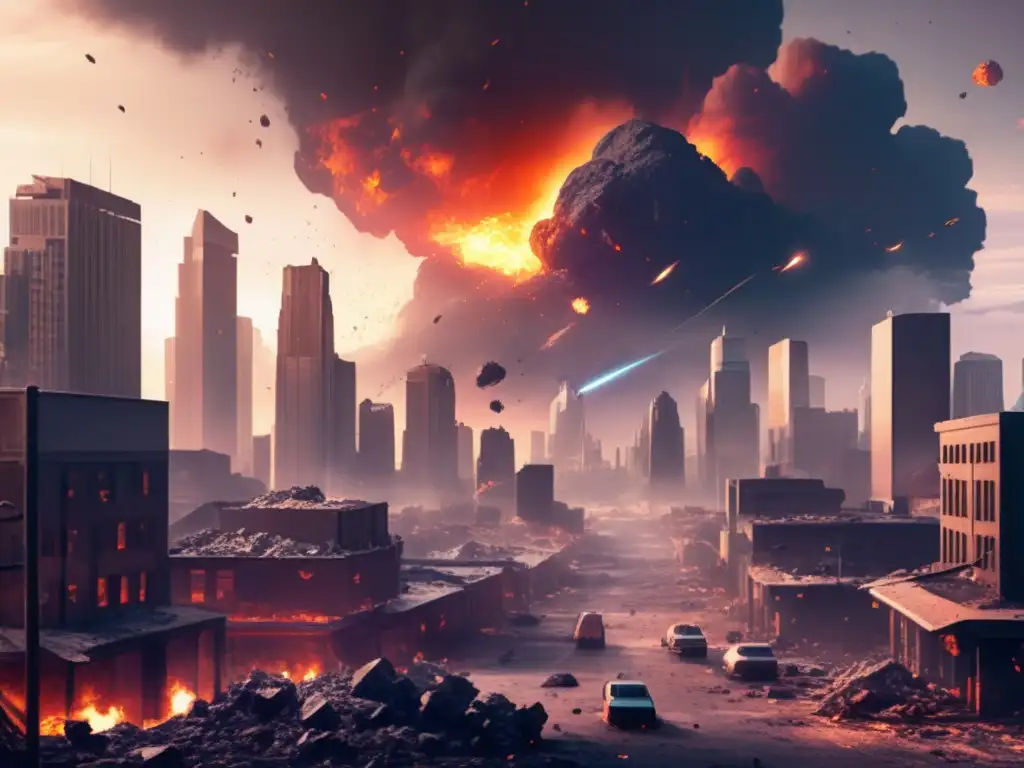 The Dinosaurs' Last Stand: The Asteroid Impact Theory
The Dinosaurs' Last Stand: The Asteroid Impact TheoryIf you want to discover more articles similar to End Of Giants: Asteroids And The Fall Of Dinosaurs, you can visit the Asteroids and Dinosaurs category.
Leave a Reply

Articulos relacionados: